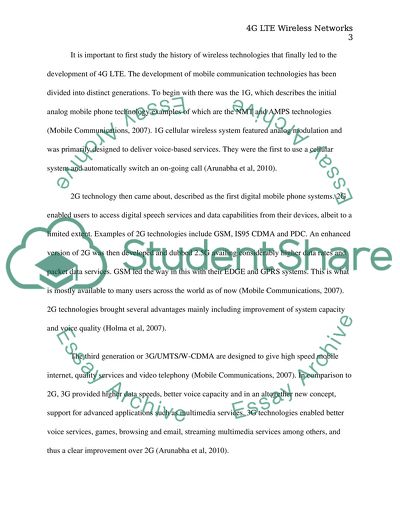Cite this document
(“Current Trend in Telecommunications Research Paper”, n.d.)
Retrieved de https://studentshare.org/information-technology/1391068-current-trend-in-telecommunications
Retrieved de https://studentshare.org/information-technology/1391068-current-trend-in-telecommunications
(Current Trend in Telecommunications Research Paper)
https://studentshare.org/information-technology/1391068-current-trend-in-telecommunications.
https://studentshare.org/information-technology/1391068-current-trend-in-telecommunications.
“Current Trend in Telecommunications Research Paper”, n.d. https://studentshare.org/information-technology/1391068-current-trend-in-telecommunications.


